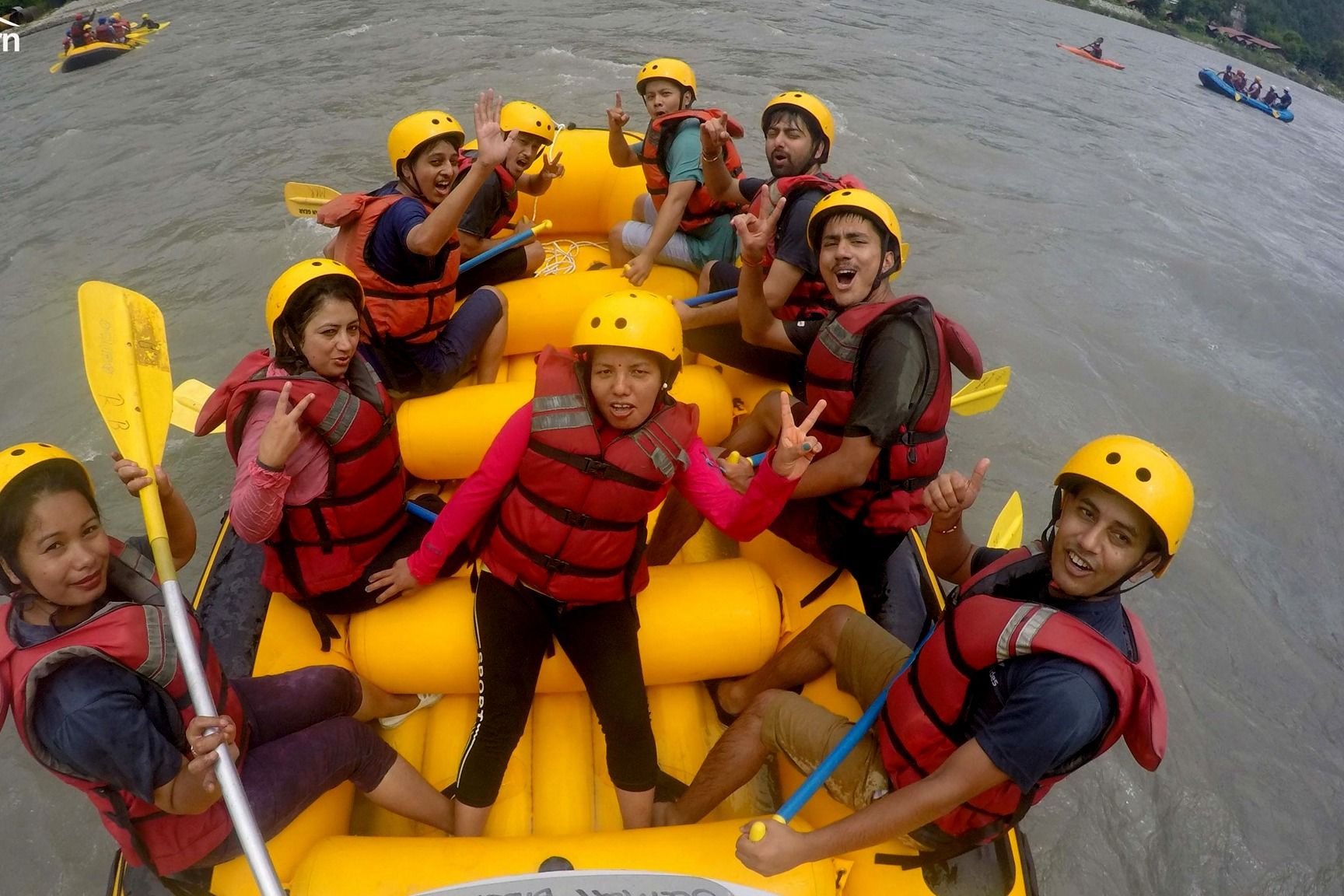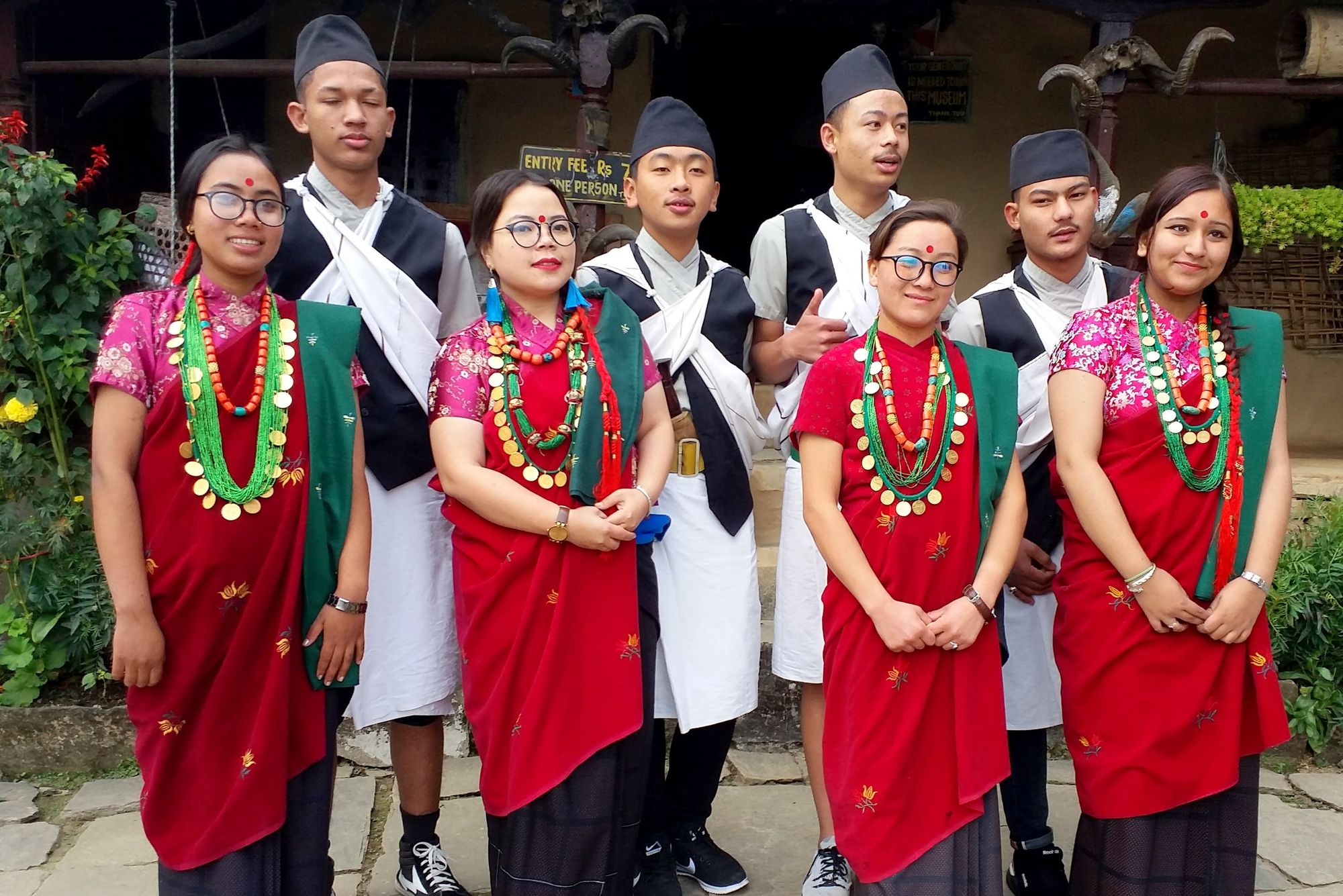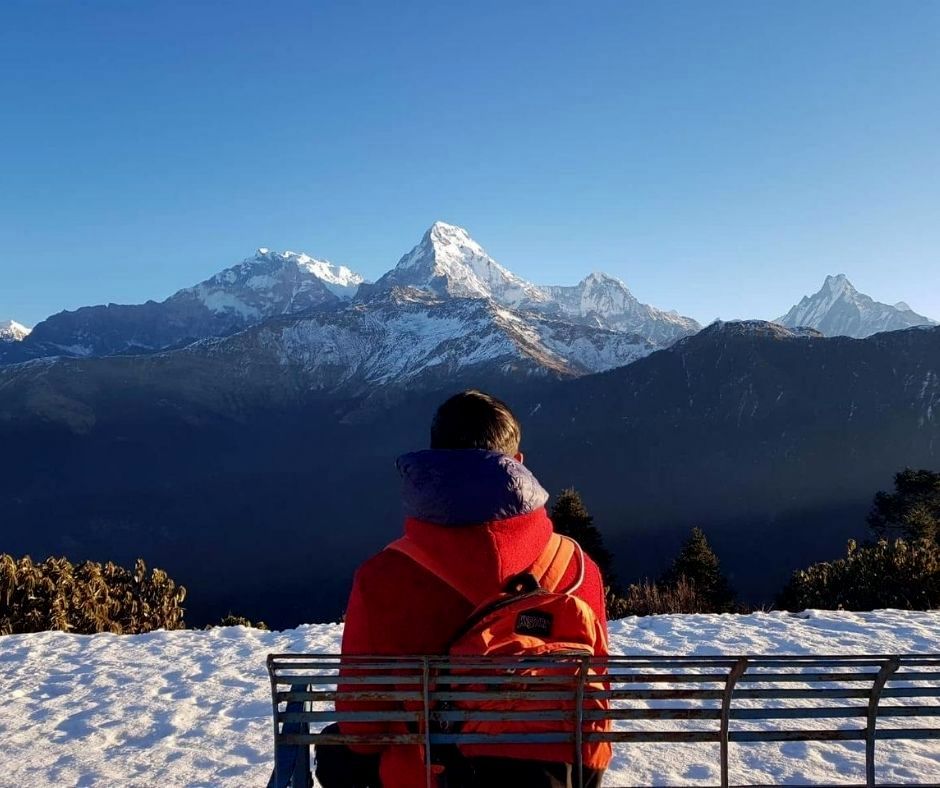Planning a trip to Nepal?? This beautiful landlocked country has a lot to offer to its admirers from the rich and fantastic history, fascinating, diverse culture and traditions to hypnotizing tallest snow-capped wonders in the world and merely unparalleled natural beauty.
However, if it’s your first trip to the country, you might not be familiar with customs and traditions, the ways to get around, and the factors you should be considerate about during your stay. To make your expedition in the country a wondrous joy, we have come with the list of 10 point guides that will help you to understand everything about Nepal before your visit.
1. All tourist require a visa to enter
You can get the Nepali tourist visit after arrival at the Tribhuvan International Airport in Kathmandu as well as in all land crossing borders. If you like to prepare beforehand, you can also fill-up for an online visa up to 15 days before you arrive in the country. Note: You need to travel Nepal within the six months of your visa approval and apply for the visa on the official government site than other business sites that charge more for the same form. Be mindful about a few things like; checking whether your passport has at least six months validity period left and also carry a few passports sized photos with you; they can come handy when you are applying for permits.
Further, the visa extension procedure is quite simple if you get taken by the beauty of this fascinating country with high hills and snow-capped wonders. You can fill the form for the visa extension form the country’s immigration website and apply at the immigration office with confirmation print, a passport-sized photo, and your passport (it costs $40 for a 15-day visa extension).
Note: The visa-on-arrival is an entirely smooth process; however, in the peak seasons(September-December and February-May), you may have to wait your turn.
2. The Nepali foods are delicious
The Indian, Tibetian, and Western cultures also have a significant influence on Nepali food, so you can find almost every kind of dish that you are looking for. The Nepalese dishes themselves stand out among others for the strong tasty flavor and creamy texture of different types of spices. Nepal Dal, Bhat, and Tarkari is the traditional dish of Nepal. It has lentil-soup, steamed rice, and vegetable curry) which you can find across the country is the two-time meal for most Nepalese people. So, give it at least a try once in your visit, maybe the rich and tasty flavor will stick to your tongue. The Newari lunch sets are extremely the best lunch option for the delicious and unlimited number of dishes they include; you should give it a try if you want to spice things up. Also, don’t miss out on the famous dish in the country MoMos(steamed dumpling), which comes in different varieties of flavors.
The country also offers a lot of other options if you are feeling homesick and want to remind you of back home, there are tons of restaurants and hotels in the country that serve top-class western and continental dishes.
3. The adventure in Nepal is cost-efficient
The experience in this beautiful country with diverse culture, rich history and traditions, picturesque natural beauty, and friendly-humble people comes surprisingly in a friendly budget. Nepal offers holiday packages of every caliber. One can enjoy a cost-efficient way of traveling, staying at hostels and dining on stalls or local eateries to the luxurious vacation package where you can relish tasty delights at 5-star hotels and enjoy the excellent accommodation facilities, so decide what you are looking for.
If you are on a budget-tight trip and want to trade staying days for top-class quality, you can get by with just $20-$30 in a day per head. The hostel bed in the capital of the country--Kathmandu only costs around $3-$10 depending on the extra facilities. For the food expenses, you can taste the western meal in renowned eateries at around $10; similarly, the transportation facilities in the country won’t cost you more than $5-$8 to travel from city to city.

Furthermore, got some adventurous plans in mind? You can enjoy several adventurous sports like hiking and trekking starting from $100-$500 in a short route, bungee and paragliding starting from $56.25, and water adventures like rafting and kayaking starting from just $27.00. You can also check out other amazing adventurous packages from our website goGlides to find something fun and exciting to do on your expedition.
4. Dress appropriately in the religious sites
Nepal, home to the 81.3% Hindus, 9.0% Buddhist, 4.4% Muslim, 3.0% Kiratis, 1.4% Christain, 0.1% Sikhs, and 0.7% Jains is a country with high religious morale. The diverse religion, beautiful culture, and traditions are a significant part of the Nepali community; the natives also tend to be a little conservative towards the dressing code. You can’t just jump on your shorts and tops if you are going to cruise around the famous historic religious temples and shrines. Some of the temples and gompas are so sacred that you are not allowed to even carry the leather items with you on the site’s premises. Be mindful and dress appropriately for the occasion. It is not that you have to wear the traditional saris, kurtas, or to use a sack to cover your whole body; be little considerate and wear the dress coming up to knees and cover your shoulders like an average t-shirt.
In addition to those, always remove your shoes before entering the site’s vicinity, navigate around the temple in a clockwise manner as it is the proper way, and make sure that there isn’t any kind of restriction to take photographs. Moreover, some of the temples are off-limits to the non-Hindu and non-Buddhist people (main temples), but you can easily surf around the premises of the religious site.
5. Pick the right season to visit Nepal
The beautifully diverse country enjoys pleasant weather all around the year. There are four seasons in Nepal; spring season (between the months March-May), summer season(June- August), the autumn season(September-November), and finally winter season(December-February). So, if you are looking for some trekking or hiking adventure, the best season would be an autumn season, which lasts from late September to late November. The weather is clean and dry during autumn with the benefit of unobstructed mountain views.
If you are looking for water adventures like rafting, kayaking, canyoning mixed with other thrills like bungee jumping, zipline flying, and so on, the spring season from March to May and early days of June is perfect as the water is warm and the weather is pleasant. The autumn season from September to early December is also quite favorable for adventure activities. You can enjoy various adventure activities in the country throughout the year except for the monsoon part in the summer season, which starts from mid-June and peaks from July to August. The frequent rainfall and cloudy days can be pretty off-putting in the monsoon, which will affect your itinerary plans.
6. Tips- not expected
Besides, only a few sectors like trekking and guiding, the other parties in the country do not await any tips from you. There isn’t an influential tipping culture in the country; the independent nature and traditioned population of the nation do not expect any compensation for simple help and guidance. So, you will have to be respectful if you want to tip someone and ask him/her if you can thank them for their aid beforehand. Further, rounding up the cost for taxis and rickshaw services is a beautiful gesture across the world so that they won’t say no to it; but, expecting a few extra bucks as a bonus isn’t their strong suit.
Some may reward the host at the restaurant for his recommendations or service; you can leave a tip on the table like in the western culture, however, most of the star restaurants and hotels include the 10% service charge on the bill so the extra compensation will be at your discretion. However, if you have plans for a long route trekking and will use the service of porters to carry your goods, it is a very customary tradition that you should tip him for the job well done(Tips is 10-15% of the total cost for every guide and porter in trekking).
7. Explore more than Kathmandu valley
The valley, which boasts the seven UNESCO World Heritage Sites from a total of ten, rich with diverse religion and traditions, home of fascinating arts and architectural wonders, has always been the top attraction for the tourist. However, if you want to learn about Nepal, genuinely don’t limit your adventure within the valley.
There are so many best destinations in Nepal that you must keep in your bucket list during the visit. The stunning valley of the lakes, Pokhara, and the incredible jungle safari at Chitwan National Park is spectacular. Lumbini, the birthplace of Gautam Buddha and home of Sita ‘Janaki’ and princess Bhrikuti, is in Nepal. Mustang is the former kingdom of Lo. If you are searching for the ultimate destination for water adventures---Trisuli and Bhotekoshi exist.
The best long route trekkings---Everest Circuit Trek, Langtang Trek, Annapurna Trek, etc. are some of the best destinations in the country that you shouldn’t miss on your expedition. What we are trying to pull here is that there are tons of other fantastic sites in this beautiful country that are equally captivating and alluring. So, try including the destination outside the valley in your itinerary as well for the ultimate adventure experience.
8. You can haggle being polite
If you are wandering the market areas and find some exciting souvenirs or some exotic goods, don’t directly jump to the cash vendors and pay the marked price the shopkeepers tell you. Haggling is considered quite normal and an expected part of Nepali life, so knowing this, the markets put a price a little higher, which they eventually cut off while making the negotiation. The most effective way to understand the market value of the product you like is to go through a few more stalls asking for the price of the same product and finally make the decision to purchase from the reasonable vendor throwing in some bargaining chips. Notably, the tourists who are not familiar with the value of the products end up paying way over the original price; also, you can take the help of any friendly natives around to know the actual price.
However, be careful to be courteous and respectful with people; you will also get the best bargaining deal if you have a friendly approach and stay humble with the vendors.
9. Change the Nepali money to your currency before you leave
Is it your first trip to the country? Naturally, you won’t be familiar with inside and out in one go. You might be taken in by surprise when you realize that the Nepali currency you carried back home cannot be changed to your country’s currency. You can exchange any amount of your country’s money into Nepali rupee; however, it doesn’t work the same way around back in your home. The Nepalese currency isn’t accepted anywhere in the world except the country itself. So, if you are thinking about turning it into your country’s currency, then it is not going to be more than a souvenir of a great time you had in this beautiful country of Himalayas. Don’t be alarmed, but carrying the Nepali currency outside the country is considered an illegal act, it doesn’t include the few notes that you want to take back home as a souvenir, however, if you get caught with a big stash of cash, then you are in trouble. Therefore, make sure that you remember to change the Nepalese rupees into your currency before your departure or if you do forget, save it up for the next round of adventure.
10. It’s a pretty safe country but be wary about the pollution
Overall, the country is a pretty safe destination for travelers, and you will undoubtedly have the time of your life with the unlimited resources and fun activities the country has to offer. There is the practice of “Atithi Deva Bhawa,” which means that Guest is God.

Nepal has diversity in cultures, traditions, arts & architectures from Himalayan to Terai belt following the Hilly region. You will have an adventurous, memorable journey in Nepal. However, there are also drawbacks to visiting the country that you will have to take into consideration.
The air in the Kathmandu valley isn’t the cleanest. The overpopulated capital’s air quality falls in the list of the worst air quality around the globe. So, make sure to grab facemask, sunscreen, and sunglasses to protect your skin from dirt and dust. The tape water quality also isn’t the best, so using the bottled water during your stay will be the right choice.
The Bonus tip: If you are not comfortable playing with water, carry a few rolls of toilet paper on your trip, you won’t regret it.

